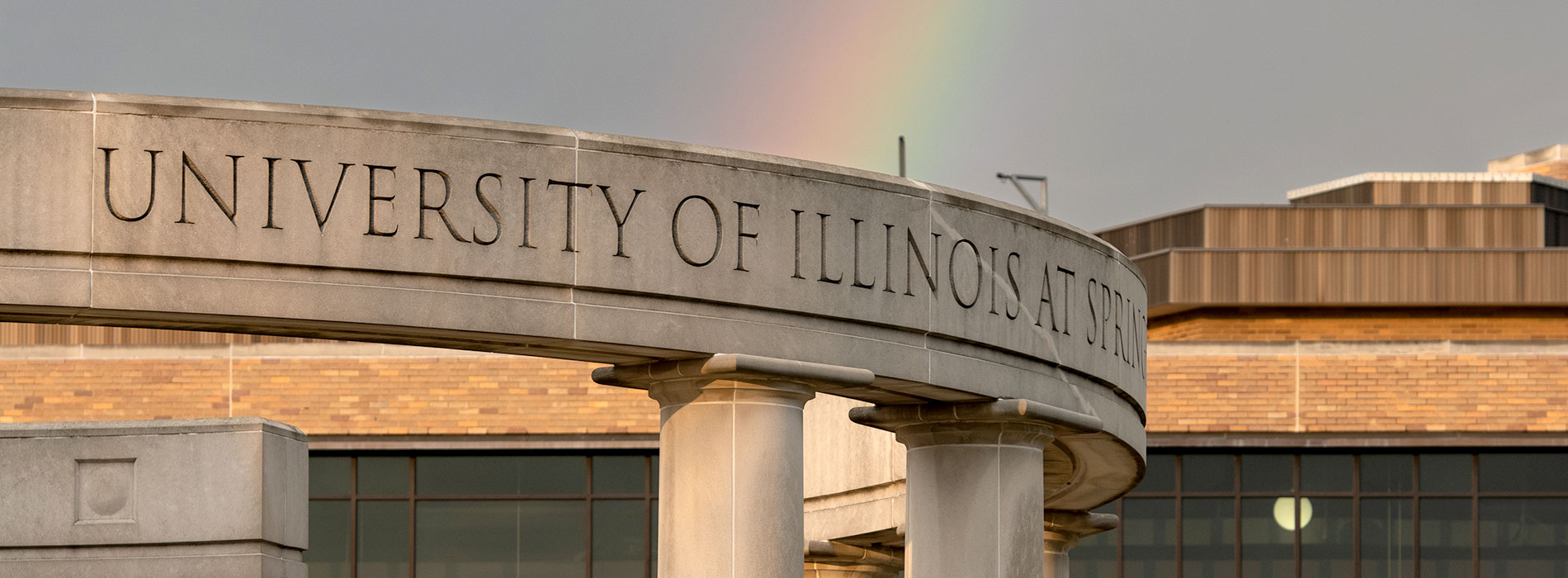Just because a course is online, does not mean that the work has to be. Just as in traditional education, fieldwork is the placement of students in real-world situations in which to learn about specified content. Examples can include botanical data gathering in a field, library research, student teaching, etc. Apprenticeships can also be considered a form of fieldwork. This category is very broad.
Examples
- Student teaching
- Nursing application
- Marsh data gathering
- Farming
- Mechanics apprenticeships
- Forensic lab technician observatino
Goals and Objectives
Generally, the goal of fieldwork is to allow students to learn and demonstrate that learning through real life experience. Sample objectives include:
During and after active participation in the fieldwork, students will…
- understand concept x ,
- work collaboratively with the public to better understand and succeed at group process,
- use methods, concepts, and theories in the real world,
- demonstrate knowledge through application,
…as determined by successfully attending to 80% of rubric items.
Prerequisites
Before beginning fieldwork, students usually require thorough background in the specified field. A nursing student would need extensive knowledge and time observing real practice before participating for example.
Some fieldwork can be more exploratory though. For example, obtaining time and observing space through a telescope could be more exploratory in terms of knowledge building but would require training or prior knowledge in the telescope use. Insects could be collected without prior knowledge of the insects being caught, with the knowledge developed as one identifies the insects.
Materials and Resources
The students needs access to the required field. This can be simple such as a field of grass to complex such as hospital entry. In some cases, such as student teaching, a mentor or collaborator would be required.
Guiding Questions for this Lesson
How well can the student perform in context x?
Lesson Outline and Procedure
- The instructor defines the field into which the student will be working.
- The student seeks (sometimes with instructor aid) access to the field.
- Over a preset period of time, the student works within the field. Sometimes, an observation period will be required first.
- Depending on the nature of the fieldwork, the student may be required to file progress reports.
- A final summative presentation, product, or review may be required.
Teaching Strategies
- Be prepared with help for getting the students into the field.
- Carefully define the field so that students know exactly what their expectations are.
- Provide thorough explanations of procedures so that students do not waste time in the field.
- Some fieldwork may be produced collaboratively is you have more than one student in a given area. The final product may also be a collaborative project to compile what was learned in the field.
Accommodations
What accommodations may be needed for students with disabilities or other special needs? Depending on the field, extensive accommodations may need to be made. A muddy field is not accessible to a wheelchair, but a museum is for example.
Timeline
The timeline will vary by the activity. Some may take only a few hours, while others may last an entire term.
Ideas for Lesson Evaluation and Teacher Reflection
How did the students like the lesson? End of semester evaluations should ask about the usefulness and learning accomplished through such activities. Also, the conversation that occurs during the activity will help guage how the students are enjoying various aspects and whether they are learning and/or participating.
How was student learning verified? Participation can be assessed through instructor contact with the student’s local mentor if appropriate. A summative assessment may be performed through a final project or product. Journaling the experience may also provide formative assessment.
Additional Readings
- Hamada, T., & Scott, K. (n.d.)Anthropology and international education via the Internet: Collaborative learning model. Retrieved January 17, 2007, from http://www.wm.edu/cap/explorations/hamadascott.htm
